
Liam Barr explores our tendency to disrupt the natural world’s intentions in his surreal paintings. In particular, his recent series looks at how humans remove the horse from its backdrop and hold it as our own possessions. Further, one gallery says, “idea of symbolism reflecting an aura of pathos, displacement and insight into contemporary New Zealand life.”
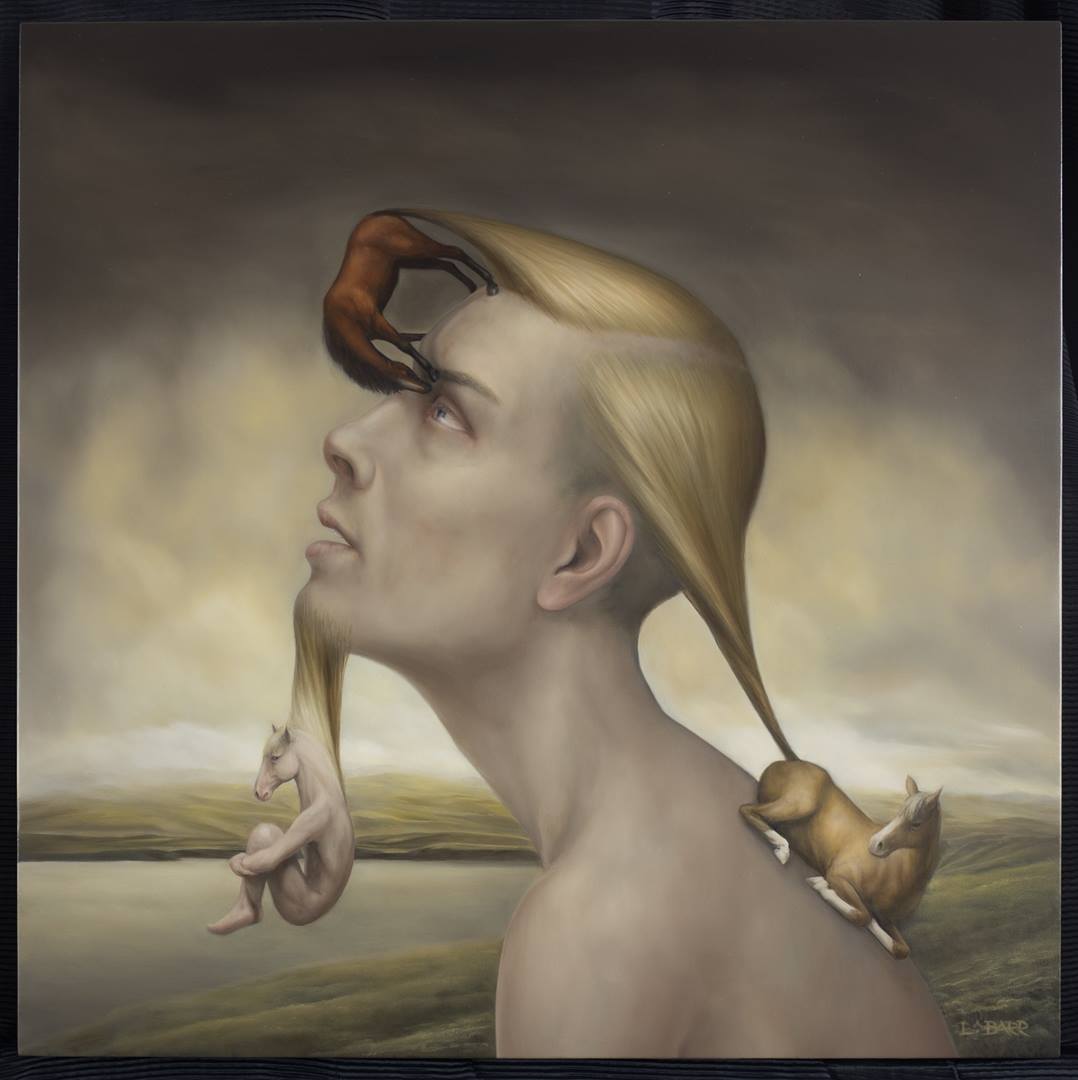
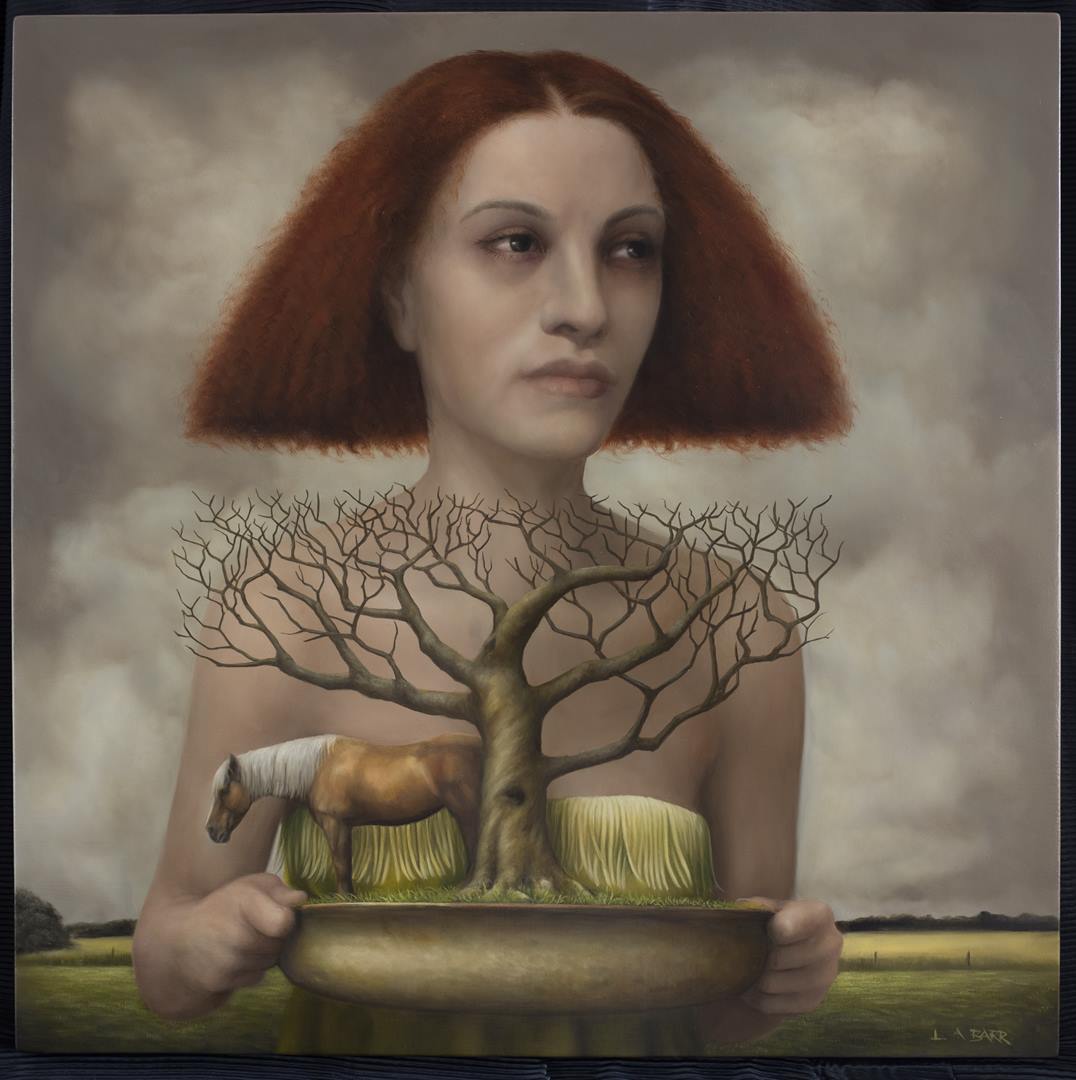
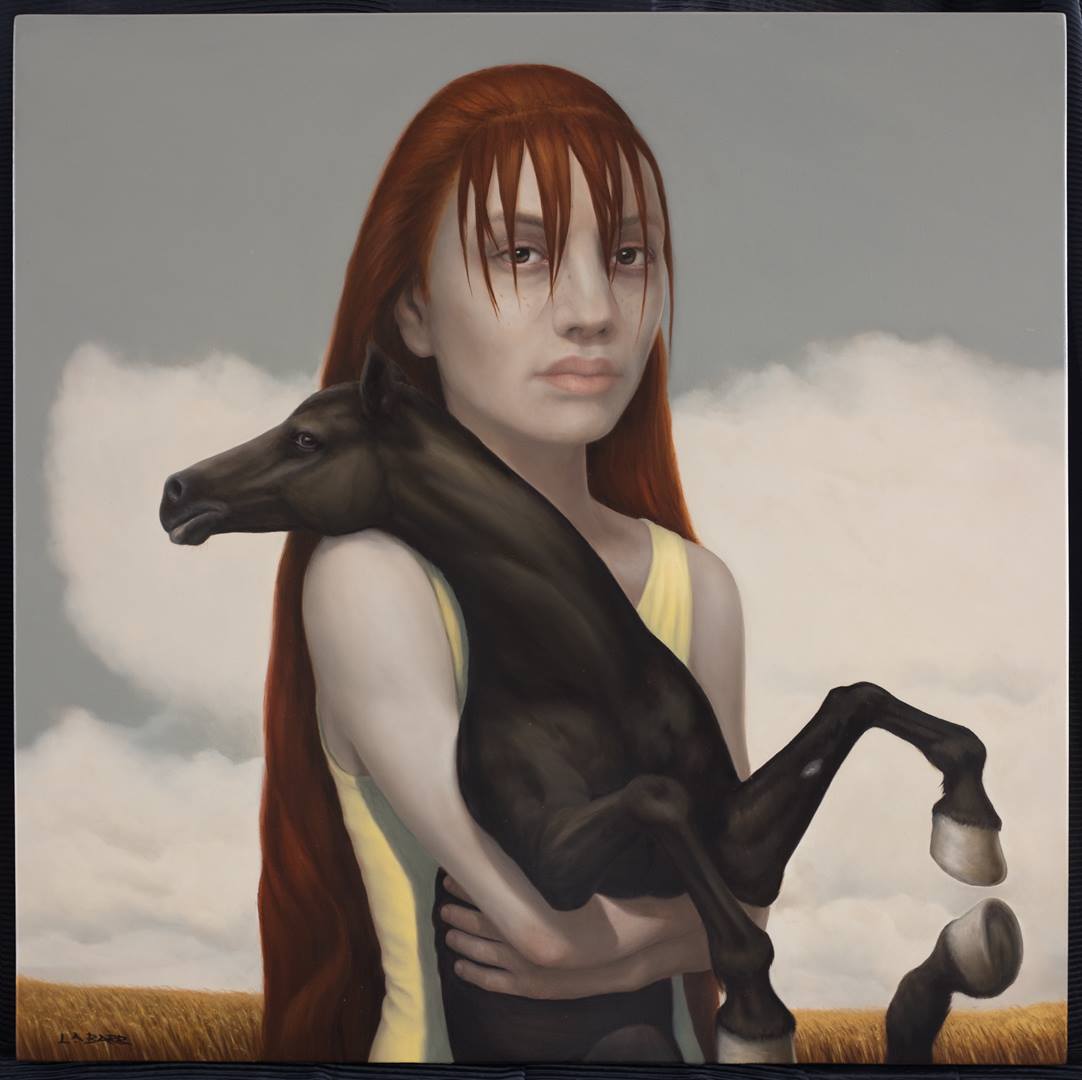
“Within the land you will find people on it,” the artist says. “How we respond, embrace and interact with this land holds fascination for me. The ecosystem is intrinsically linked to our survival and with that, we need to preserve it. We underestimate its fragility in suffocating ambivalence, knowing, yet unable to make the required effort toward preservation and nurture. My work seeks to form a connection between the land and those who live upon it. Each is a contemplation of thought, mindfulness and a tale of ones place within.”
See more of Barr’s work below.
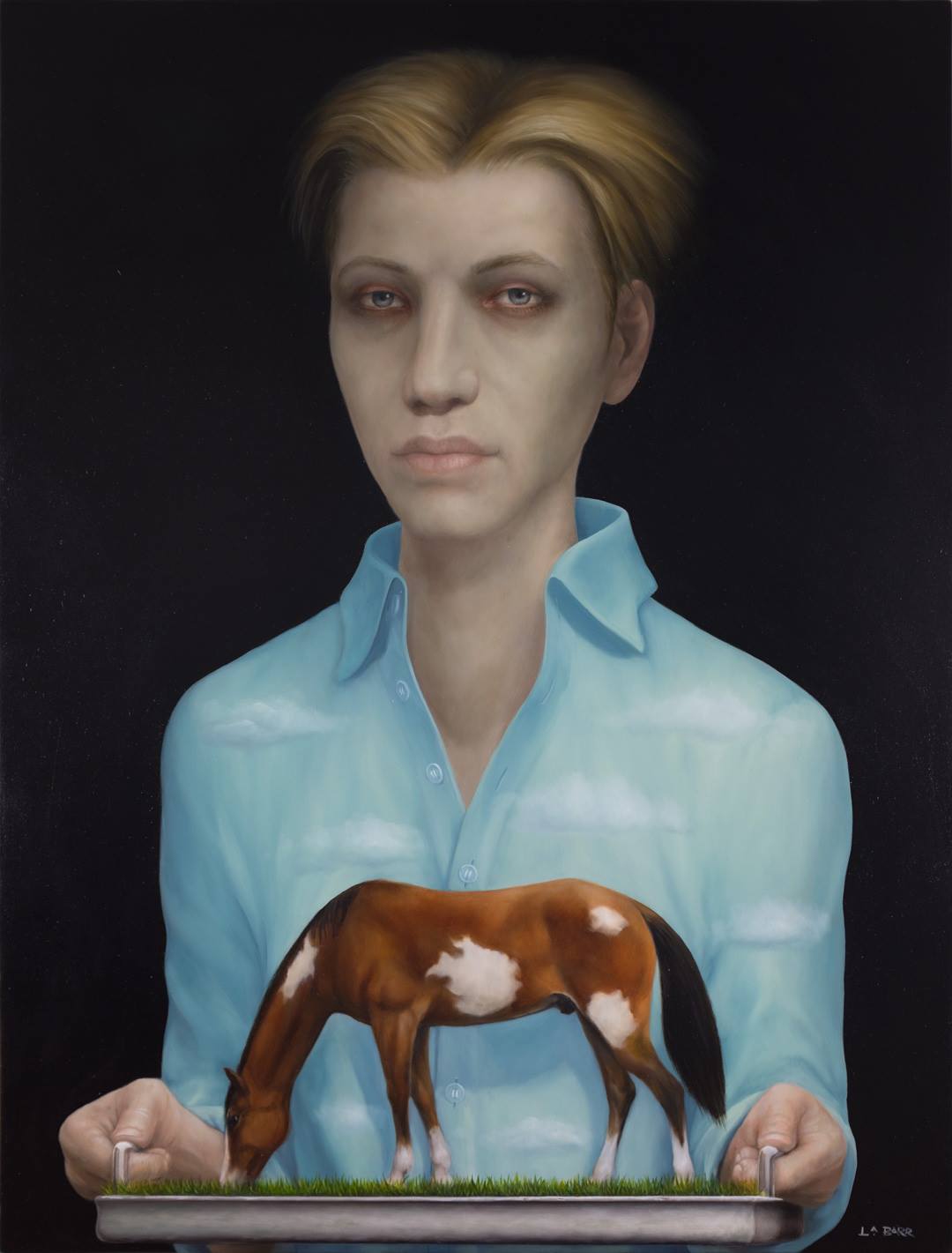
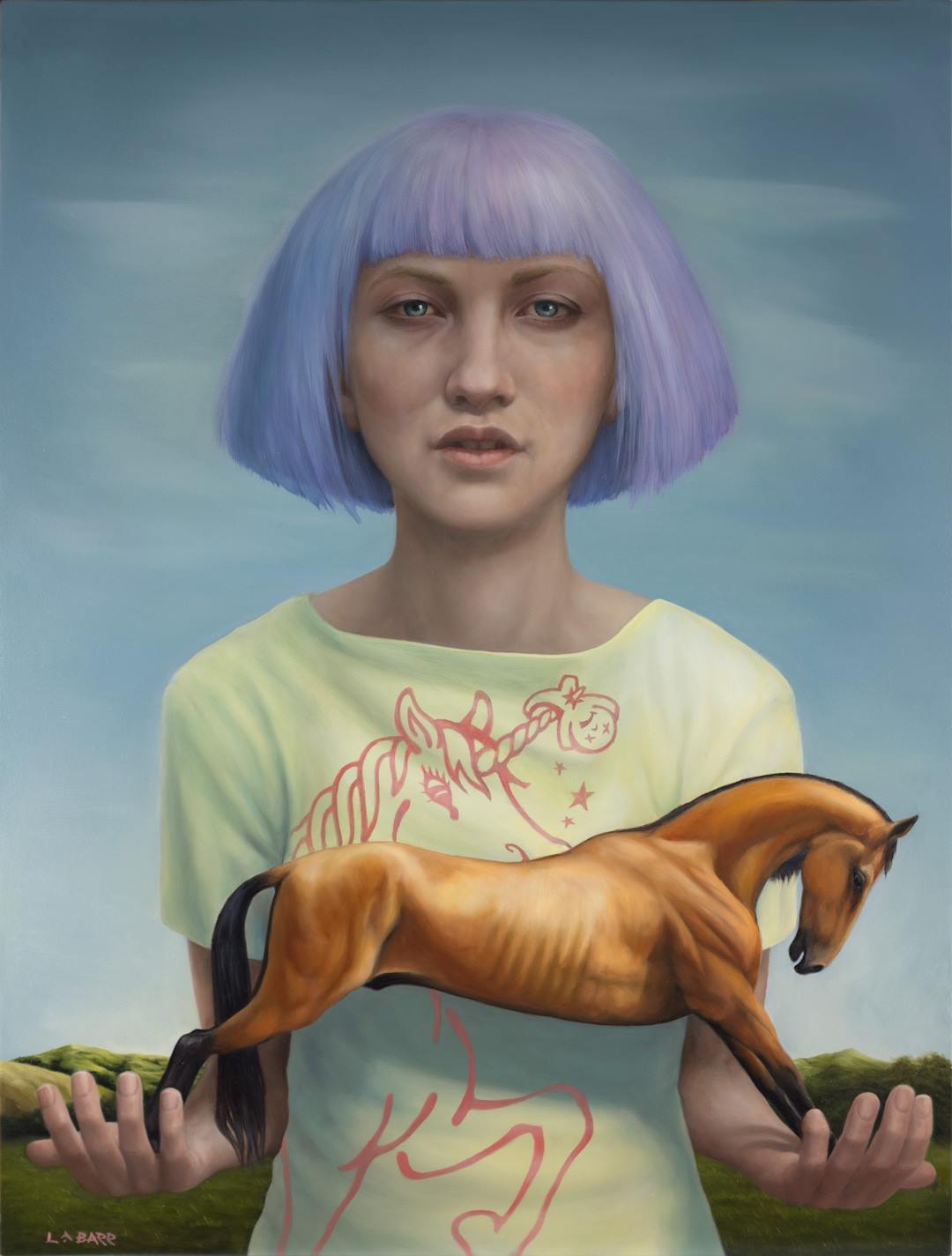
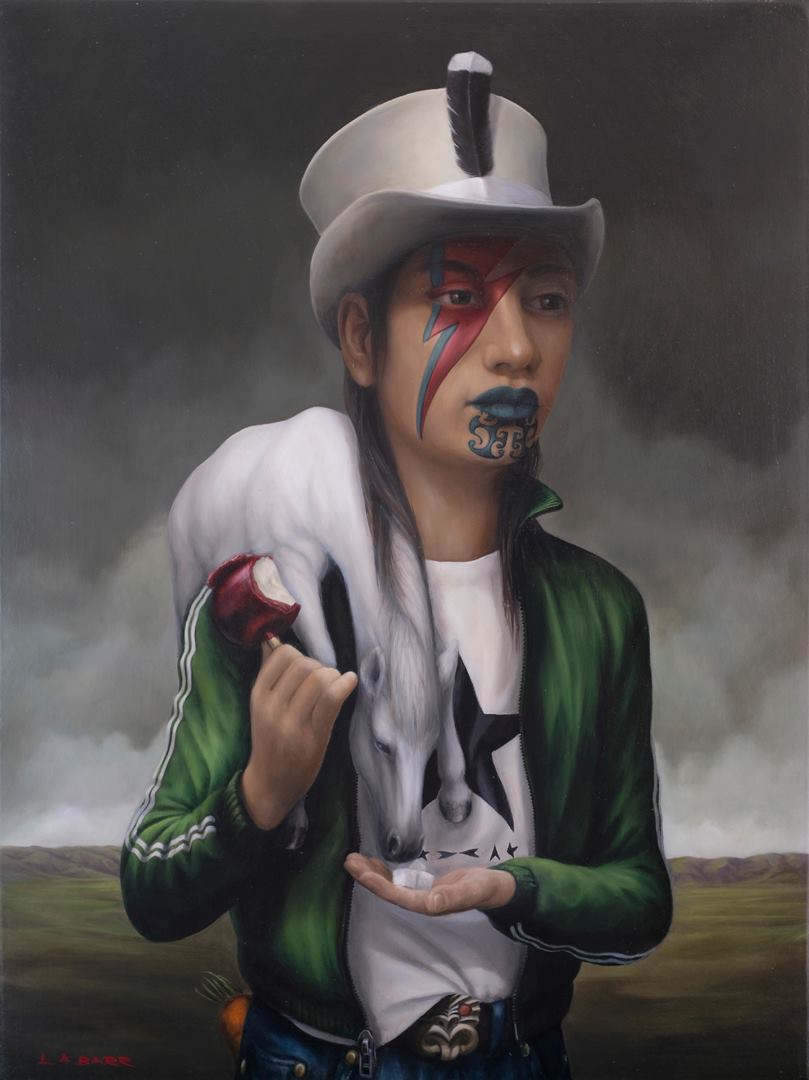




 Painter
Painter  The word "mythological" is often used to describe the work of Mexican artist
The word "mythological" is often used to describe the work of Mexican artist